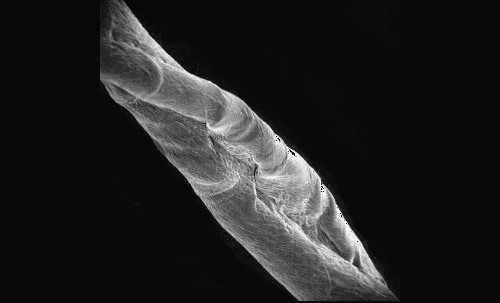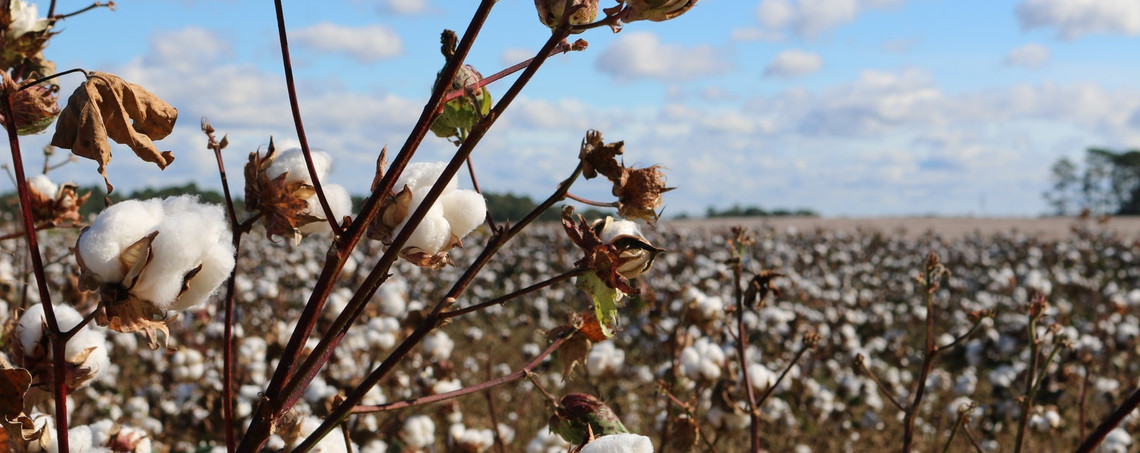Cotton
PROCESSABILITY OF COTTON
Each cotton fiber is composed of concentric layers. The cuticle layer on the fiber itself is separable from the fiber and consists of wax and pectin materials.
The primary wall, the most peripheral layer of the fiber, is composed of cellulose crystalline fibrils.
The secondary wall of the fiber consists of three distinct layers. All three layers of the secondary wall include closely packed parallel fibrils with spiral winding of 25-35° and represent the majority of cellulose within the fiber.
The innermost part of cotton fiber- the lumen- is composed of the remains of the cell contents. Before boll opening, the lumen is filled with liquid containing the cell nucleus and protoplasm. The twists and convolutions of the dried fiber are due to the removal of this liquid. The cross section of the fiber is bean-shaped, swelling almost round when moisture absorption takes place.

The overall contents are broken down into the following components
- 80 - 90% cellulose
- 6 - 8% water
- 0.5 - 1% waxes & fats
- 0 - 1.5% proteins
- 4 - 6% hemicellulose and pectins
- 1 - 1.8% ash
During scouring (treatment of the fiber with caustic soda), natural waxes and fats in the fiber are saponified and pectins and other non-cellulosic materials are released, so that the impurities can be removed by just rinsing away.
After scouring, a bleaching solution (consisting of a stabilized oxidizing agent) interacts with the fiber and the natural color is removed. Bleaching takes place at elevated temperature for a fixed period of time.
Mercerization is another process of improving sorption properties of cotton. Cotton fiber is immersed into 18- 25% solution of sodium hydroxide often under tension. The fiber obtains better luster and sorption during mercerization.
After scouring and bleaching, the fiber is 99% cellulose. Cellulose is a polymer consisting of anhydroglucose units connected with 1,4 oxygen bridges in the beta position. The hydroxyl groups on the cellulose units enable hydrogen bonding between two adjacent polymer chains.
FIBER PROCESSING
About 30% of world cotton production is harvested by machines. Australia, Isreal and USA are the only countries where all cottons are picked by machines. Fifteen percent of world cotton production is ginned on roller gins and almost all rest of cotton is saw ginnes in most countries.

